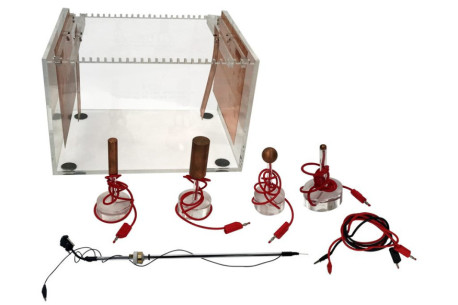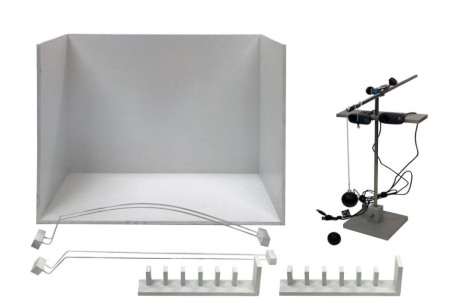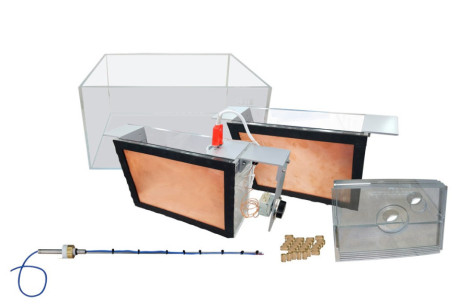FOR FURTHER INFORMATION, CONTACT US
1.1.- 3D PHYSICS
Traditionally, in the educational field, physical phenomena have been interpreted as scalar and vector magnitudes in two dimensions. A three-dimensional interpretation of phenomena under study helps to achieve a more faithful study of their real behavior. This interpretation is known as 3D physics or three-dimensional physics. By definition, in geometry, a three-dimensional interpretation of any object consists in locate that object with respect to a frame of reference with respect to a given origin. Extrapolating this application to physics, an object is considered to be defined in three dimensions when it is related to a Euclidean space, that is, it is contained in a minimal cuboid and each of the points that compose it can be located in that reference system.
View moreWithin the different physical fields of study, it is important to highlight the usefulness of this type of geometric interpretation in electricity, magnetism, optics, acoustics, mechanics, etc. since it provides the real physical propagation of elements such as field lines, flow lines, waves, vibrations, etc.
Nowadays, thanks to the emergence of software for modeling 3D systems, applications can be created to obtain three-dimensional approximations very similar to what happens in reality. Some of the most widespread applications are the study of electromagnetic waves, thermograms, polarization of light, etc.
View Products Cookie preferences
Cookie preferences







